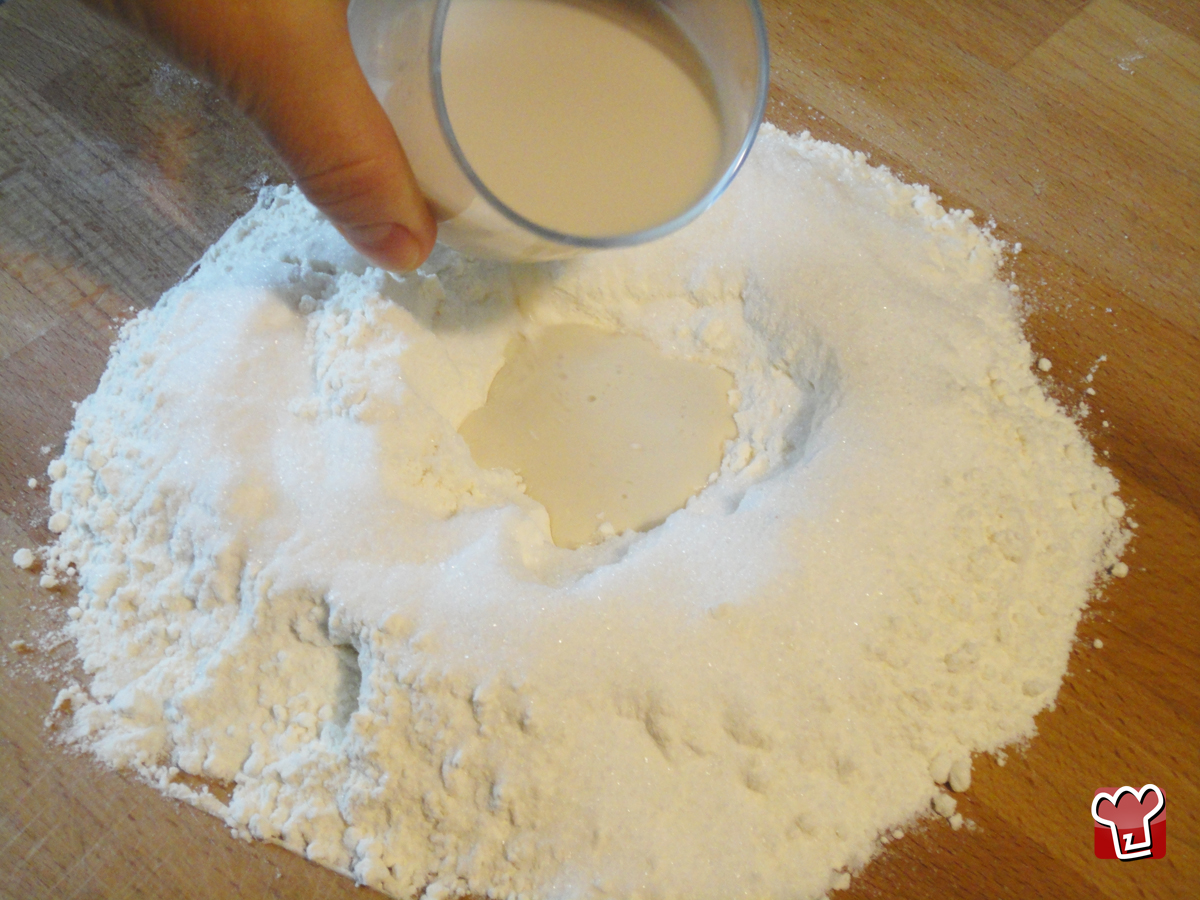Rose cake
If you love cakes and dishes that make a splash, you will certainly want to try the ‘Rose cake’: this dessert, due to its origins in the culinary tradition of Mantua, looks like a real bouquet of edible roses. The visual effect is striking and the taste is similar to a brioche or crumbly cake; inside, it can be filled with butter, jam or with a small waterfall of chocolate chips. This cake can also be prepared on special occasions, such as Mother's Day, instead of the traditional bouquet of flowers. In short, it is both delicious and at the same time looks wonderful. If you’ve never made a Rose cake and are curious, and want to show off your skills in the kitchen, make this version with the help of our illustrated step-by-step guide!
Ingredients
-
Italian 00 flour 350 grams
-
brewer's yeast 30 grams
-
milk 80 millilitres
-
egg yolks 4 egg yolks
-
butter 200 grams At room temperature
-
sugar 100 grams
-
eggs 1 unit
-
salt A pinch of salt
Start shopping


Send the recipe
Preparation
Mix the flour with 70 g of sugar, add a pinch of salt and form into a mound with a small well in the centre. Pour into this well the yeast dissolved in warm milk, add the eggs and mix. Stir in 150g of cooled, melted butter and knead until soft and smooth. Let it rise in a floured bowl for about 4 hours. Then, knead the dough again, divide it into seven equal pieces from which you make long, thin strips. Spread into their centres a ‘cream’ made with butter and the remaining sugar, and roll the strips up into coil shapes. Arrange the coils on some baking parchment on a circular baking tray and let them rise for another hour. Bake the rose cake in a preheated oven at 200 °C for about 50 minutes.
Step by step
|
View the step by step
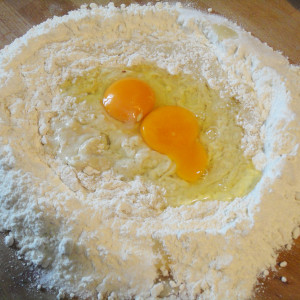
|
Add the eggs to the dough
|
|
View the step by step
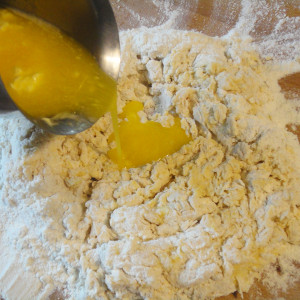
|
Mix in the melted, cooled butter
|
|
View the step by step
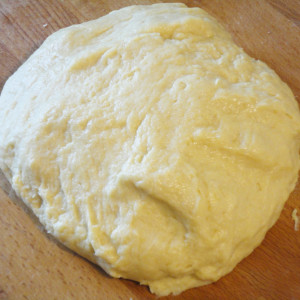
|
Knead until he dough is smooth and soft
|
|
View the step by step
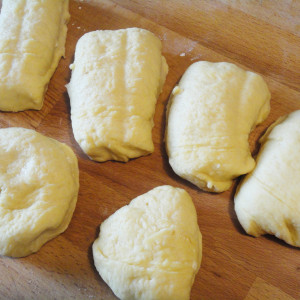
|
Divide the dough into 7 equal pieces
|
|
View the step by step
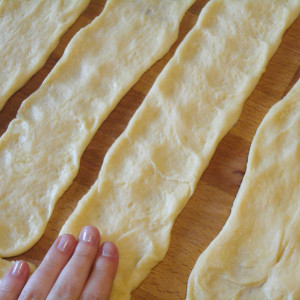
|
Rollout into long, thin strips
|
|
View the step by step
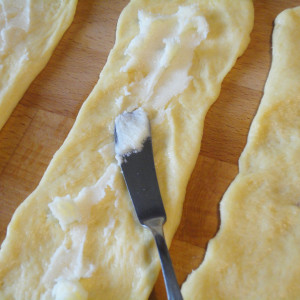
|
Spread on the cream of butter and sugar
|
|
View the step by step
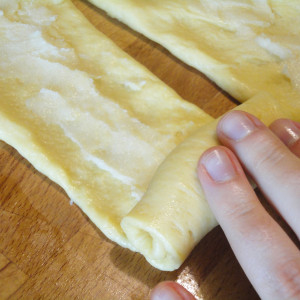
|
Roll the strips up to make coil shapes
|
|
View the step by step
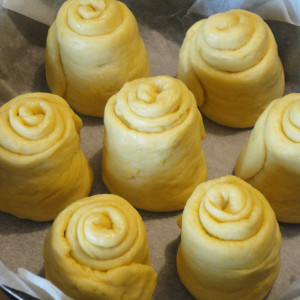
|
Place the coils on a baking tray each some distance from the others
|
|
View the step by step
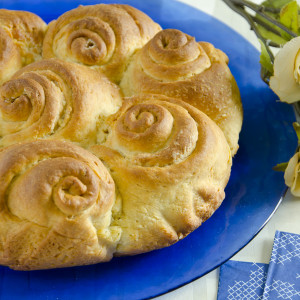
|
Serve and enjoy
|



